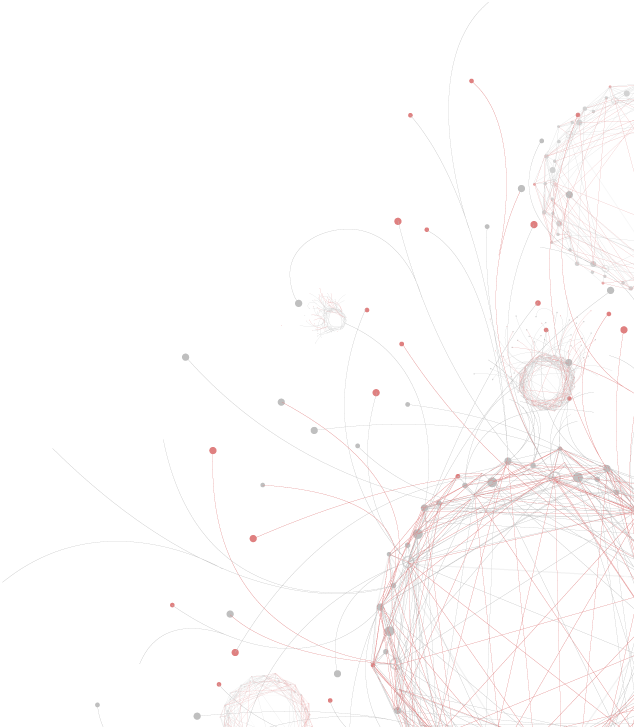This website is no longer updated and has been replaced with a static copy. The Spatial History Project was active at Stanford University from 2007-2022, engaging in dozens of collaborative projects led by faculty, staff, graduate students, post-docs, visiting scholars and others at Stanford and beyond. More than 150 undergraduate students from more than a dozen disciplines contributed to these projects. In addition to a robust intellectual exchange built through these partnerships, research outputs included major monographs, edited volumes, journal articles, museum exhibitions, digital articles, robust websites, and dozens of lightweight interactive visualizations, mostly developed with Adobe Flash (now defunct). While most of those publications live on in other forms, the content exclusive to this website is preserved in good faith through this static version of the site. Flash-based content is partially available in emulated form using the Ruffle emulator.
U.S. Deportation Trains
These trains made constant circuits through the country in the early twentieth century, picking up and then ejecting so-called “undesirable aliens” – non-citizens convicted of crimes, deemed mad or politically radical, the very poor, or else those considered racially ineligible to citizenship, many Chinese among them. The project reconstructs the social world of the deportation trains by reassembling their passenger lists, tracing the deportees’ migratory routes and experiences, and then examining how they were captured and expelled by the nascent deportation regime; an assemblage that would only grow in the century that followed.
Former Research Assistant:
Kimberly Krebs



